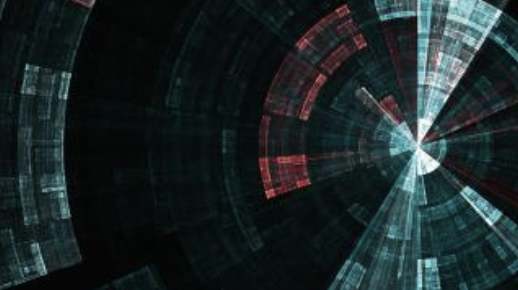Showtime – “An Ecosystem of Data”, featuring IoT and Fog
Unlocking The Value of Your Enterprise Data to Accelerate Business Transformation - IV
Internet of Things or IoT is the new buzz word of recent times. But then, we have been doing this for a long time – just that the concept is called IoT now. Hitachi, one of the top global manufacturing companies has been building machines and putting in sensors for several years and facilitating IoT, Simulative Analytics, Performance Optimization and Predictive Maintenance. Which is one of the reasons our manufacturing quality and consequent brand recognition is of the highest order.
So, what’s new? The processing power and capability to do this for our customers.
Hitachi operates across multiple industry verticals globally and we pretty much make everything – trains, planes, automobiles, medical equipment and things like MRI scanners, nuclear power plants and power gen – it really is everything. And we have a culture of continually innovating and improving what we do, so our customers get the very best. And we know machine data best simply because we make the machines that generate all that data. We know the nature, lineage and impact of that data on various aspects on our customers’ business and on the planet. Case studies on some of our major initiatives are available here. You can also read about our IoT focussed group and Lumada here.
To be able to bring all these strengths for every one of our customers, we have built a layered architecture, starting bottom up from the machines:
- Devices or “Things in IoT”
- Real, big, oily, greasy machines
- As well as state of the art sophisticated and delicate equipment
- Various tools, machine parts and automotive and transportation systems
- Sensors, Actuators and Gateways – includes sensing, actuation and automation of physical environment changes, chemical compositions and biotech
- Hitachi UCP Industry Solutions Framework
- Data acquisition, scaling and filtering – leveraging Hitachi Streaming Data Platform (HSDP)
- Data quality and ETL – utilizing Pentaho Data Integration (PDI)
- Modeling, Anomaly Detection and Dynamic Prediction – with Weka, including plug-in functionality for custom R and Python scripts
- Decision Making and Actionization – powered by Hitachi Automation Director (HAD)
- Built as a composable horizontal framework to cater on-demand to multiple industry verticals
So, how does it work? The framework ingests data from, say a multitude of sensors on your shop floor and consistently monitors patterns in comparison with manufacturer specified control limits as well as historical trends. Based on this, anomalies are detected and change in machine behavior leading to future failures can be predicted and repaired ahead of time. A critical machine becoming unusable can be a threat to business continuity and predictive and prognostic maintenance enables problems to be fixed before they happen.
Beyond predictive maintenance, continual efficiency improvement is also achieved by the system using tuning, regulation and workload standardization.
The framework has been built with multiple patented blocks but yet designed to work in a simplistic way by:
- Sampling data in the right way since the correct influencers need to be found and utilized for deriving true usefulness of data
- Modeling sampled data with predictive algorithms, both built-in as well as customizable and pluggable; includes hybrid Monte-Carlo Simulations, Genetic Algorithms, Neural Networks and overall Machine Learning and Artificial Intelligence capabilities
- Decision making based on such algorithms as well as driven by a rules engine
- Actionization of the decisions with both automation as well as manual capabilities, depending on need
Also with cloud and fog capabilities – for example, consider a car with driving assistance requirements. If the front sensors detect an obstacle, you cannot really wait for a decision to be made in the cloud and a signal to be sent back to the car to apply the brakes. Such capabilities absolutely need to be on board.
If your ERP system is cloud-based though, it is best for decision making algorithms on cloud to create a work order in the ERP system for a specialist to fix a machine part because it is going to fail three months later. Having said that, it all depends on the business need and value to be derived. You could create a fog of on-board diagnostic (OBD) chipset data on a set of trucks and big-rigs for better fleet management.
In the next and final part of this series, everything comes full circle with Hitachi Industry Vertical Solutions.
For more information, you can reach Debi by email at debi.patnaik@hds.com.
<<< Part 3 – This Series – Part 5 >>>











